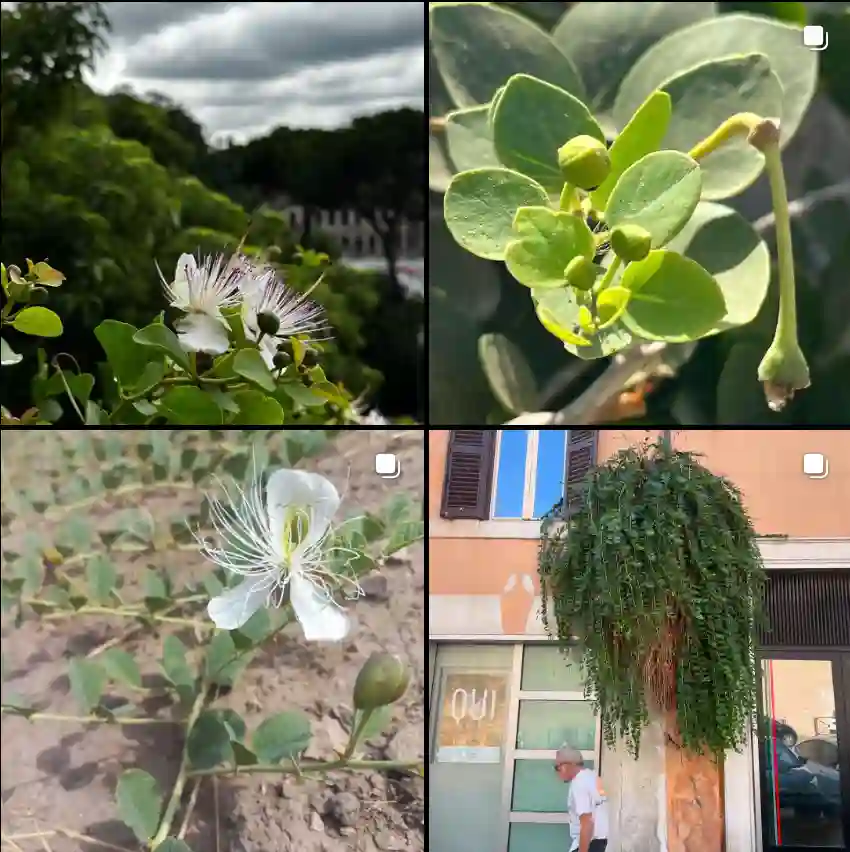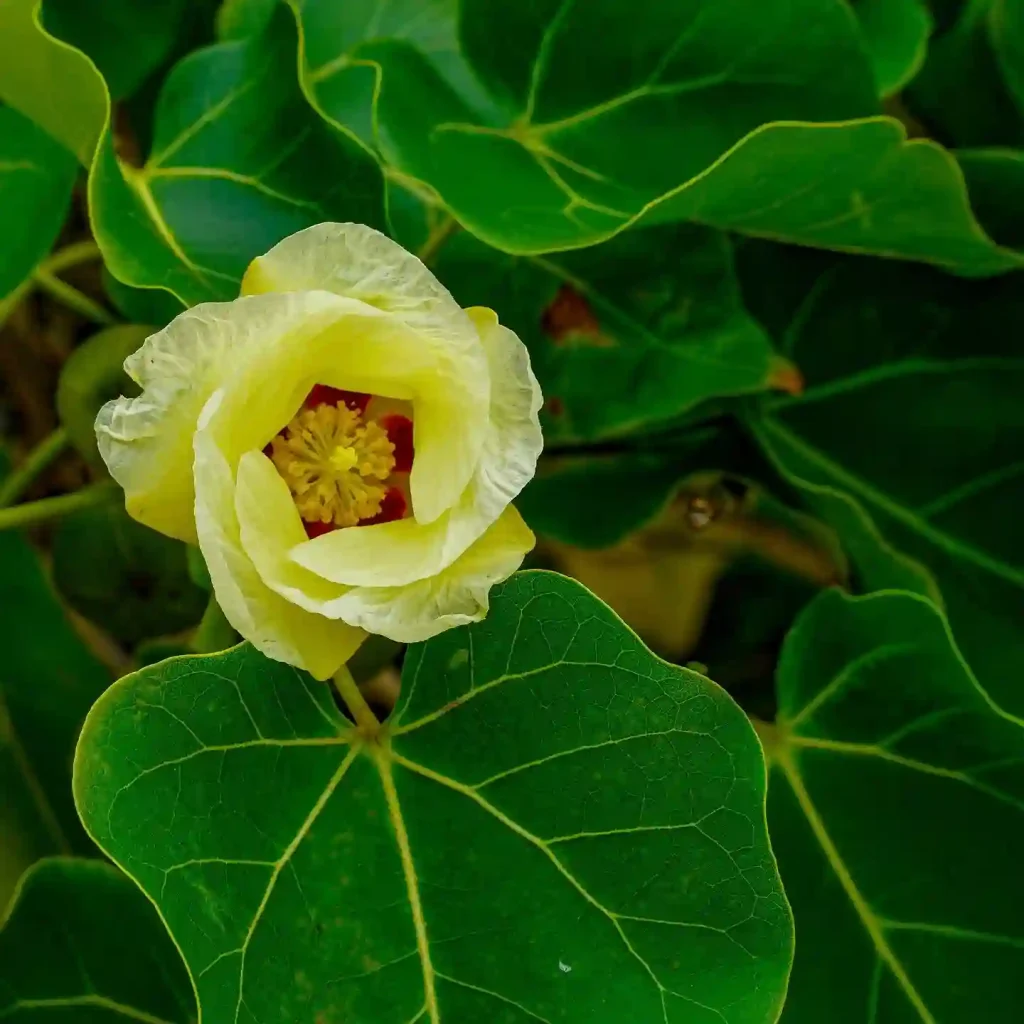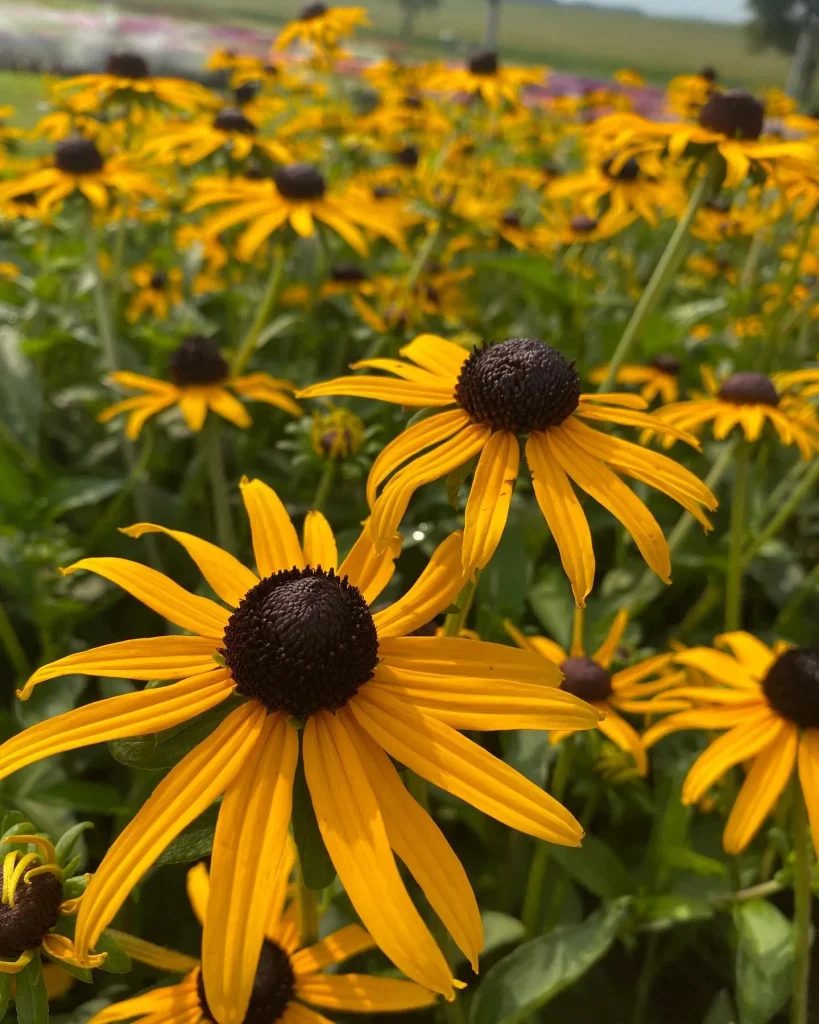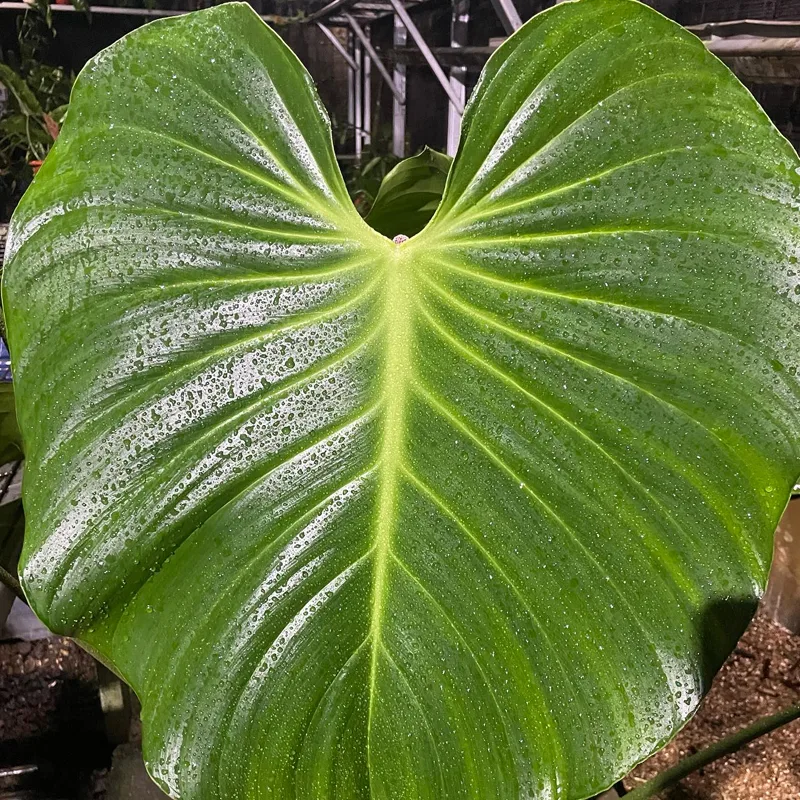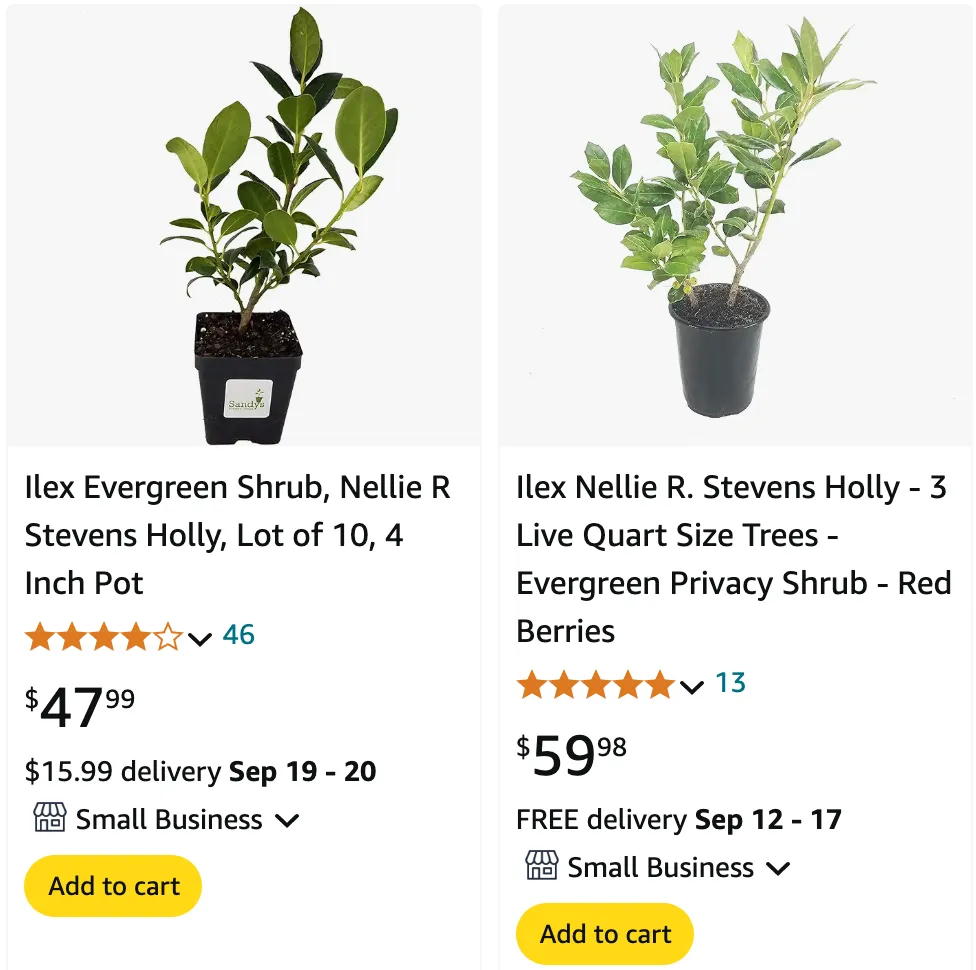
What Is Ilex Nellie Stevens?
Ilex Nellie Stevens is a hybrid holly that combines the robust characteristics of its parent species, Ilex aquifolium (English Holly) and Ilex cornuta (Chinese Holly). This evergreen shrub is renowned for its glossy, dark green leaves and bright red berries, making it a popular choice for both residential and commercial landscaping. It grows into a dense, pyramidal shape, typically reaching heights between 10 to 15 feet, and can be used as a specimen plant, hedge, or privacy screen.
Plant Family: Aquifoliaceae – 569 Species in Genus Ilex – Holly Tree
How to Care for Ilex Nellie Stevens?
Caring for Ilex Nellie Stevens is relatively straightforward, but there are a few key aspects to keep in mind:
- Light Requirements: It thrives in full sun to partial shade. Ideally, it should receive at least 4 to 6 hours of direct sunlight each day.
- Soil Conditions: This holly prefers well-drained, acidic soil. However, it is adaptable and can tolerate a range of soil types as long as drainage is adequate. Avoid waterlogged soil to prevent root rot.
- Watering: Regular watering is essential, especially during the first year after planting. Once established, it is somewhat drought-tolerant but will benefit from supplemental watering during prolonged dry spells.
- Fertilizing: Feed your Ilex Nellie Stevens with a balanced, slow-release fertilizer in early spring to support healthy growth and vibrant foliage.
- Pruning: Prune to maintain its shape and remove any dead or damaged branches. Late winter or early spring, before new growth starts, is the best time to prune.
How to Propagate Ilex Nellie Stevens?
Propagation of Ilex Nellie Stevens can be done through both seeds and cuttings:
- Seeds: Collect seeds from mature berries in late fall. Stratify them by placing them in a cold, moist environment for a few months. After stratification, sow the seeds in a well-draining potting mix and keep them moist. Germination may take several months.
- Cuttings: Take semi-hardwood cuttings in late summer. Dip the cut ends in rooting hormone and plant them in a pot with a mix of peat and perlite. Keep the cuttings in a humid environment until roots develop, which usually takes a few months.
What to Plant With Ilex Nellie Stevens?
Ilex Nellie Stevens pairs well with various companion plants, enhancing its aesthetic appeal and garden functionality. Consider these options:
- Evergreens: Plant with other evergreens like Boxwood or Leyland Cypress for a year-round green landscape.
- Perennials: Combine with shade-tolerant perennials such as Hosta or Astilbe to add texture and color.
- Deciduous Shrubs: Integrate with deciduous shrubs like Hydrangea or Spiraea to provide seasonal interest with blooms and fall color.
- Ground Covers: Use ground covers like Creeping Juniper or Vinca minor to suppress weeds and add a finishing touch around the base of your holly.
Is Ilex Nellie Stevens Toxic?
Ilex Nellie Stevens is mildly toxic to pets and humans if ingested. The berries and leaves contain compounds that can cause gastrointestinal upset, including nausea and vomiting. Keep the plant out of reach of pets and small children to avoid accidental ingestion.
Benefits of Ilex Nellie Stevens
- Aesthetic Appeal: Its glossy, evergreen foliage and bright red berries offer year-round visual interest and festive charm, especially in winter.
- Privacy and Screening: The dense growth habit makes it an excellent choice for privacy screens or hedges, blocking unwanted views and noise.
- Wildlife Friendly: The berries attract birds, providing a natural food source and contributing to biodiversity in your garden.
Common Problems
- Leaf Spot: Watch for leaf spot diseases, which can cause discolored spots on leaves. Ensure good air circulation and avoid overhead watering to minimize disease risk.
- Pests: Aphids and scale insects can occasionally infest hollies. Regularly inspect your plant and use insecticidal soap if necessary.
- Root Rot: Poor drainage can lead to root rot. Ensure your plant is in well-draining soil and avoid overwatering.
Comparing Ilex Nellie Stevens to Other Hollies
If you’re considering similar holly varieties, here’s how Ilex Nellie Stevens stacks up:
- Ilex Crenata (Japanese Holly): While similar in appearance, Ilex Crenata is generally smaller and more tolerant of pruning. It also has smaller, less striking berries compared to Ilex Nellie Stevens.
- Ilex X Meserveae (Blue Holly): Blue Holly offers similar evergreen appeal and berry production but has a bluish-green foliage that differs from the dark green of Ilex Nellie Stevens.
- Ilex Aquifolium (English Holly): English Holly has a similar look but is less cold-hardy and often has spiny leaves, whereas Ilex Nellie Stevens features smoother leaves.
By understanding the care requirements, benefits, and common issues associated with Ilex Nellie Stevens, you can make the most of this attractive and versatile shrub in your garden.
If i die, water my plants!
